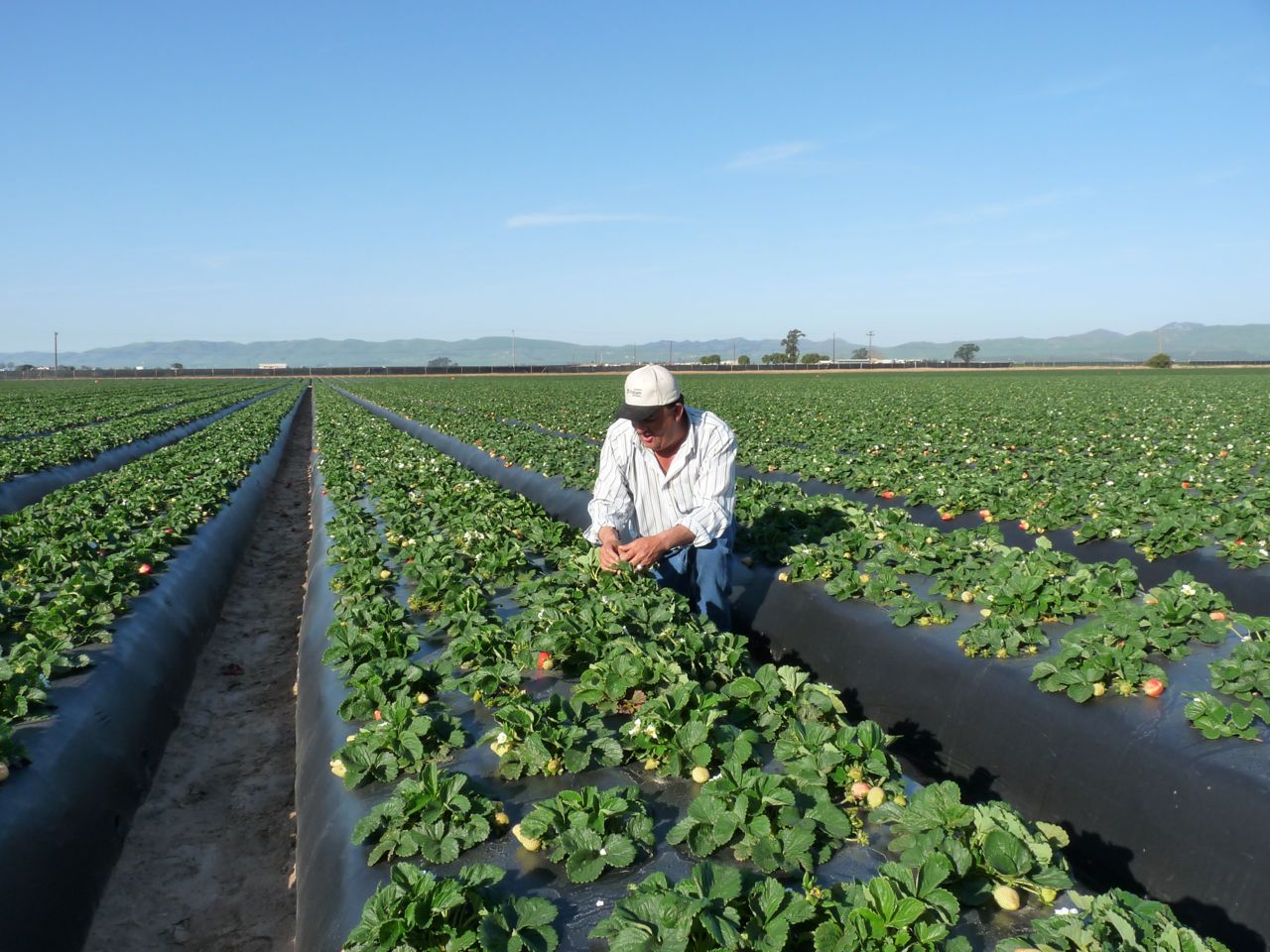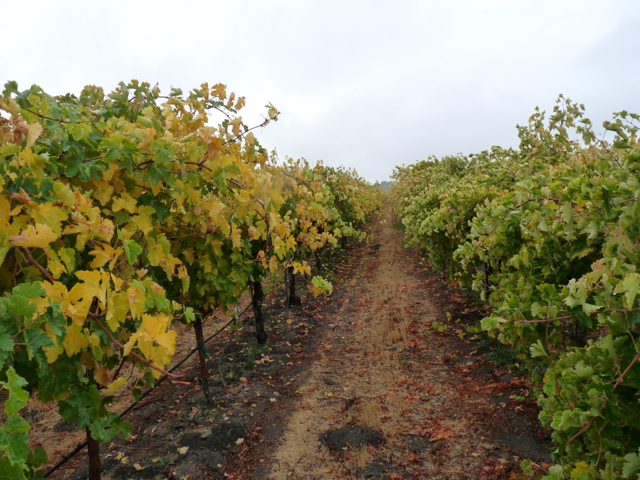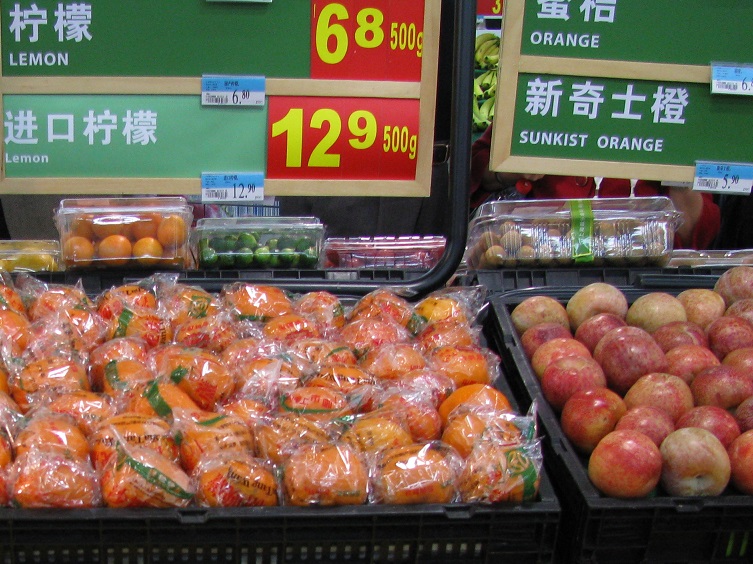California Grown gets new chairwoman
By Mike Hornick; The Packer
Cherie Watte, executive director of the California Asparagus Commission, is the new board chairwoman of California Grown, succeeding Kasey Cronquist, chief executive officer of the California Cut Flower Commission.
The Buy California Marketing Agreement manages the California Grown campaign.
Executive committee members on the California Grown board include vice chair Spencer Halsey, associate director of the California Association of Gardens and Nurseries; and secretary treasurer Karla Stockli, chief executive officer of the California Fig Advisory Board.
Before becoming executive director of the California Asparagus Commission, Watte was director of international trade policy at the California Department of Food and Agriculture. She was also appointed manager of the department’s agricultural export program by then-Gov. Pete Wilson.
Prior to her CDFA appointment, Watte was the director of national affairs and research for the California Farm Bureau Federation. Other roles included legislative assistant to congressman Tony Coelho on the U.S. House of Representatives committee on agriculture. She is a former member of the U.S. Department of Agriculture’s agricultural trade advisory committee on fruits and vegetables.
“(Cherie) knows firsthand what it takes to be an active farmer in California, since she is the fourth generation of her family to farm in the Imperial Valley,” Nick Matteis, executive director of California Grown, said in a news release.
“We have a lot going on with consumer promotions and newly formed retail and foodservice partnerships,” Watte said. “Farmers and ranchers in California face many challenges, and this program is a bright spot for them.”
Cronquist guided the campaign through the revamping of its promotions program and membership expansion.


















